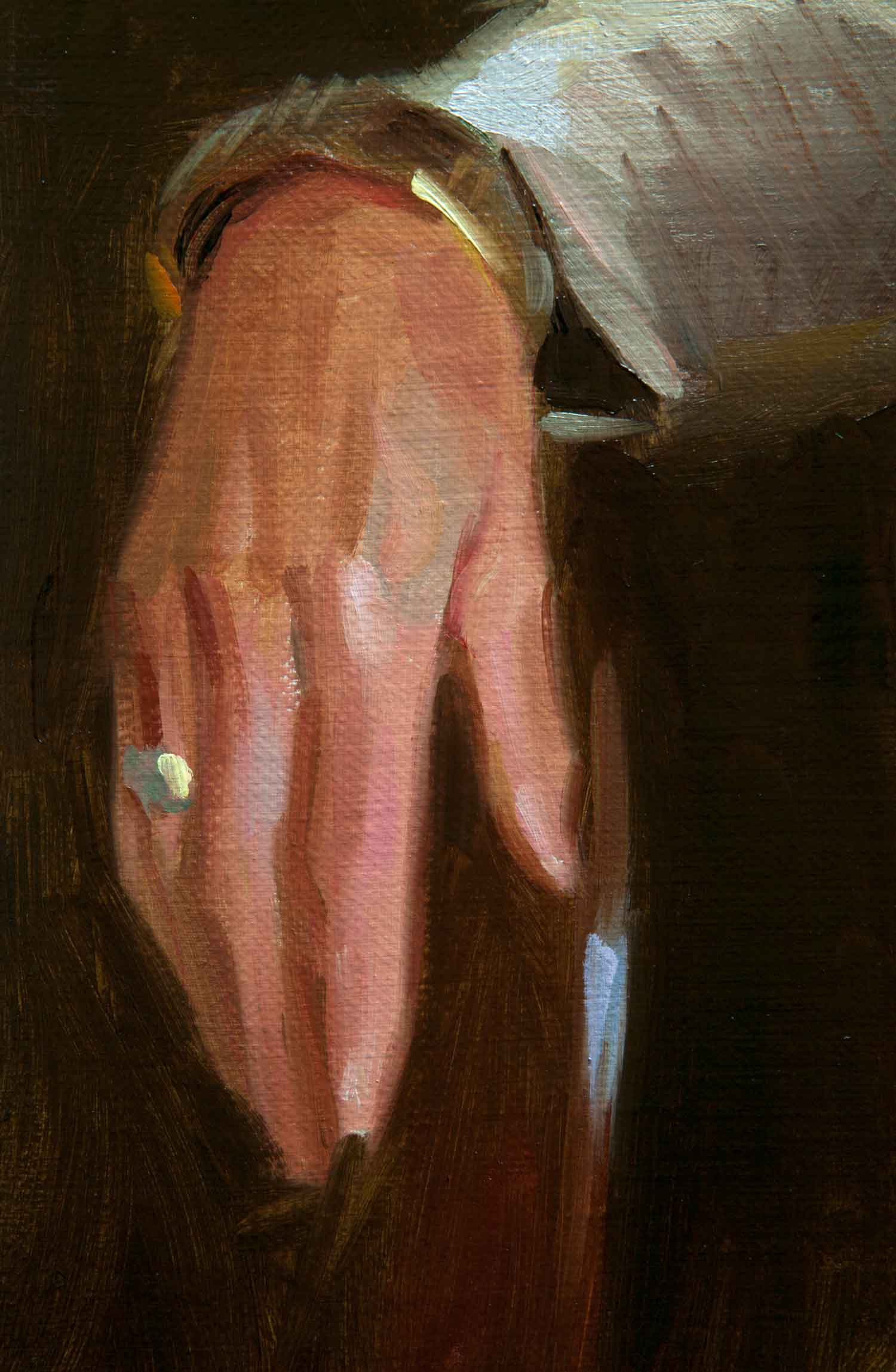I am a portrait painter you know by now. The last twenty-five years I have dedicated almost exclusively to this specialization. I have really enjoyed my job and thank goodness, I’ve always had plenty of commissions. And I´ll continue of course, as well as keep creating video tutorials about portrait painting and everything that comes with that.
Portrait painting from life, underpainting
In this short portrait portrait painting from life, underpainting, demonstration video I only use raw umber.
If you have the opportunity to paint from observation you should do so as much as possible.
To begin with, I give the entire canvas a very thin wash of raw umber with standard painting medium.
Then, using a flat synthetic brush I put down the first contours. I determine where the eyes, nose and mouth are.
Continue reading “Portrait painting from life, underpainting”
Painting hands in oil paint
About painting hands in oil paint.
Let me start with a quote of the famous Art teacher Robert Henri form his book The Art Spirit:
“Better paint the gesture of the hand than the hand”.
I love to paint hands and this fantastic phrase animates me once again to show the expression of the hand.
Painting hands in oil paint. Many people think that a painted portrait is just only about the face. Of course it is more than that. Hands can belong just as well to the whole image. Hereto the hands of a commission that I have on my easel now. When the portrait is delivered, and I have the permission of the client, I’ll show you the whole painting. Continue reading “Painting hands in oil paint”
About photography
Ten common mistakes in portrait painting.
This is the first of a series of 10 blog-posts, in which I will discuss ten of the most common pitfalls in portrait painting. I will publish every fortnight on each topic. Continue reading “About photography”
Satisfactory deliveries of some commissions
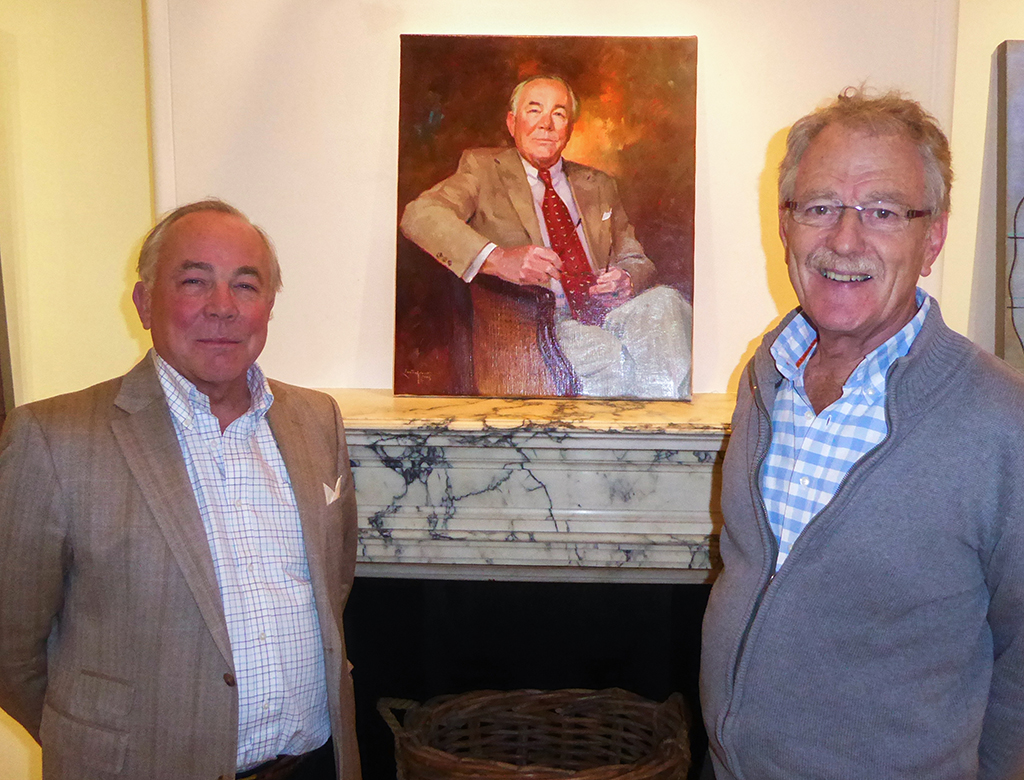
The delivery of a portrait. After all these years, I am used to it. For the client, however, it´s a special moment. This time, transfer was in Amsterdam at Galerie Morren, who mediated this commission. In addition to the customer and his wife, a number of family members were also present. There was good wine and delicious snacks: portrait delivery is always a party. Continue reading “Satisfactory deliveries of some commissions”
Drawing through thick and thin
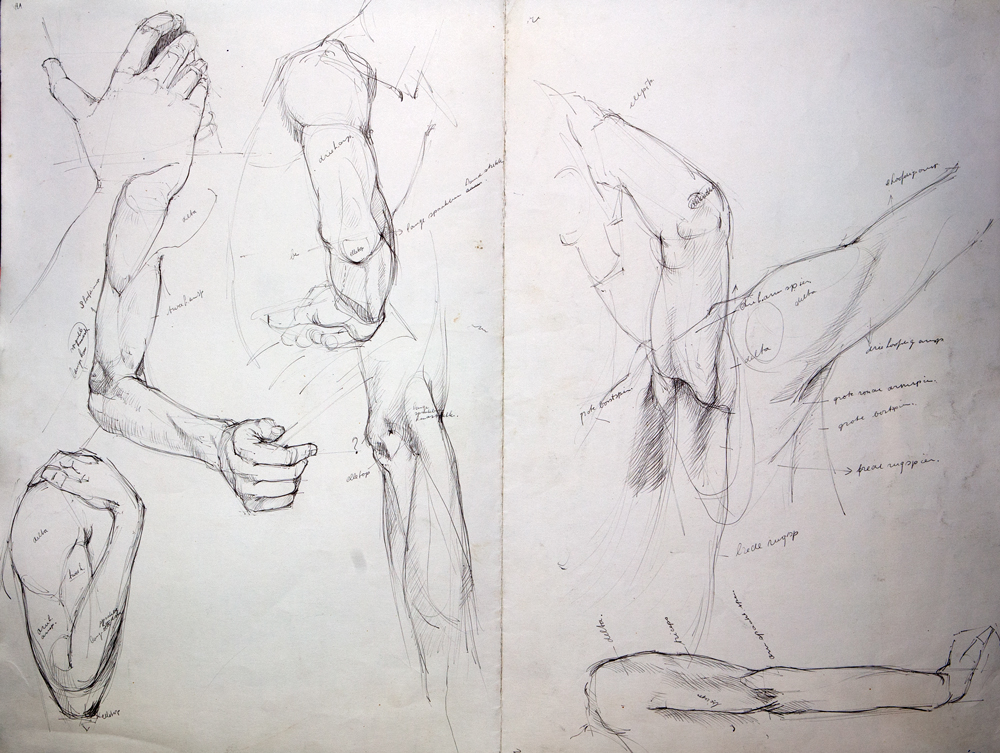
I have never been very stocky and my weight has never made me any concern. But now I see the studies that I made in front of the mirror when I was twenty years old, I do see a very skinny body. However, I could see enough muscles to name them.
I will not reveal my actual weight…
Drawing through thick and thin

I’ve never been very stocky and my weight has never made me any concern.
But now I see the studies that I made in front of the mirror when I was twenty years old, I do see a very skinny body. However, I could see enough muscles to name them.
I will not reveal my actual weight…
Paint what you see
Paul C. Burns says: “An artist is a visual recorder of facts, not a psychologist probing the sitter’s self.” I largely agree with him. Paint what you see before you. Still, I find it important to know something of the character of the model. It can help whilst posing. Posing is an interaction between the sitter and I. A model feels more at ease when I am patient and sympathetic. My attitude must be inviting. Only then can we create something good. In the end a model should give me something that I can give back in the portrait.
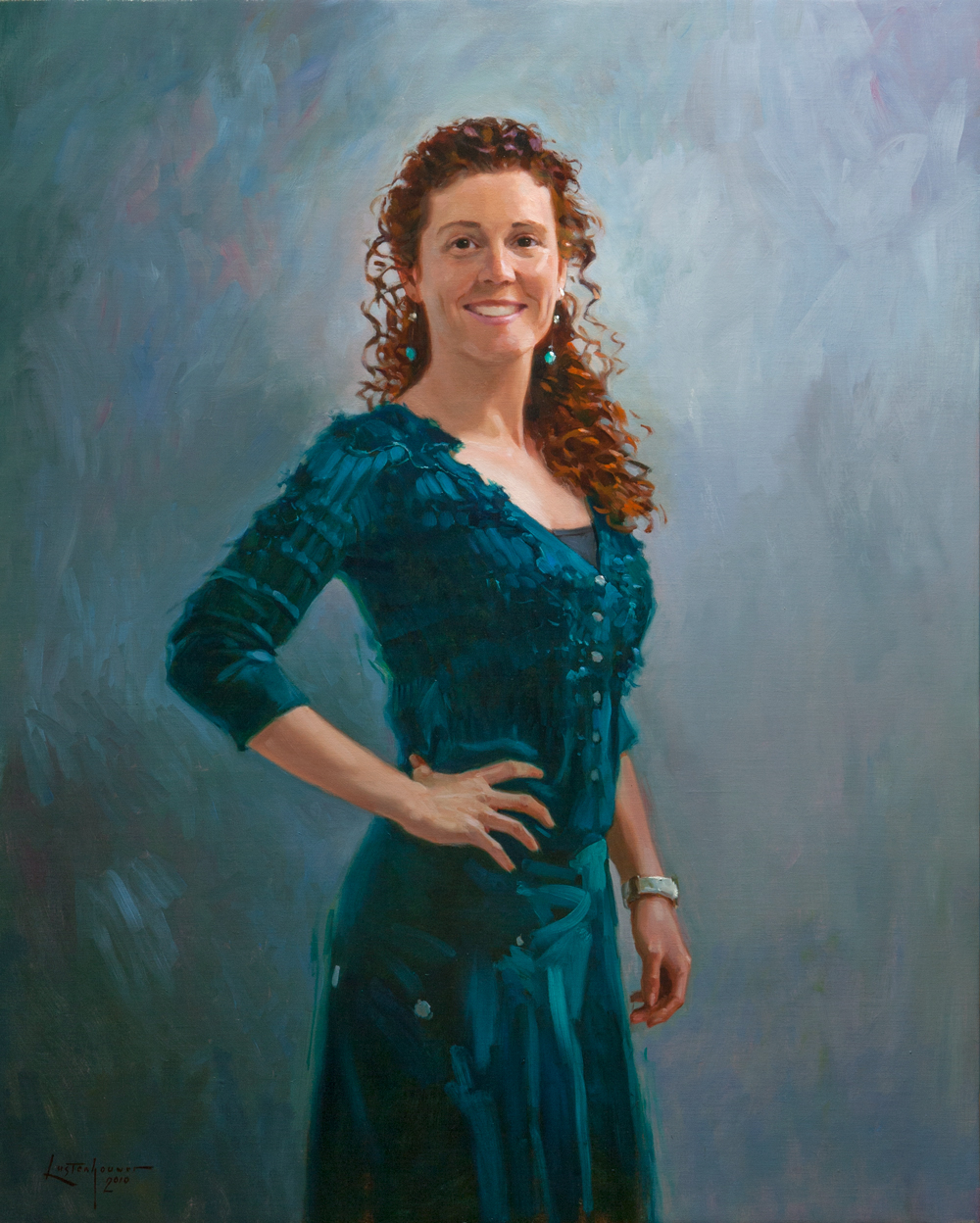
The model in this image I know well and I know her character. She is energetic and vigorous. I suppose that it has become visible. In my enthusiasm however I overlooked a small detail. I now see that the fingers of her right hand are spread too wide. The model’s energy and vigor has therefore become a little too exaggerated.
There is always a detail that you would like to change when you look back on your own work.
Painting a portrait in watercolour
“If you are self-employed, do you need a lot of self-discipline?” someone asked me a long time ago. “Of course!” was my answer, “because you need to know when to stop.” Unless you pay attention, you find yourself day and night behind the easel. I have had to think of that now I am seized with “watercolour fever”.
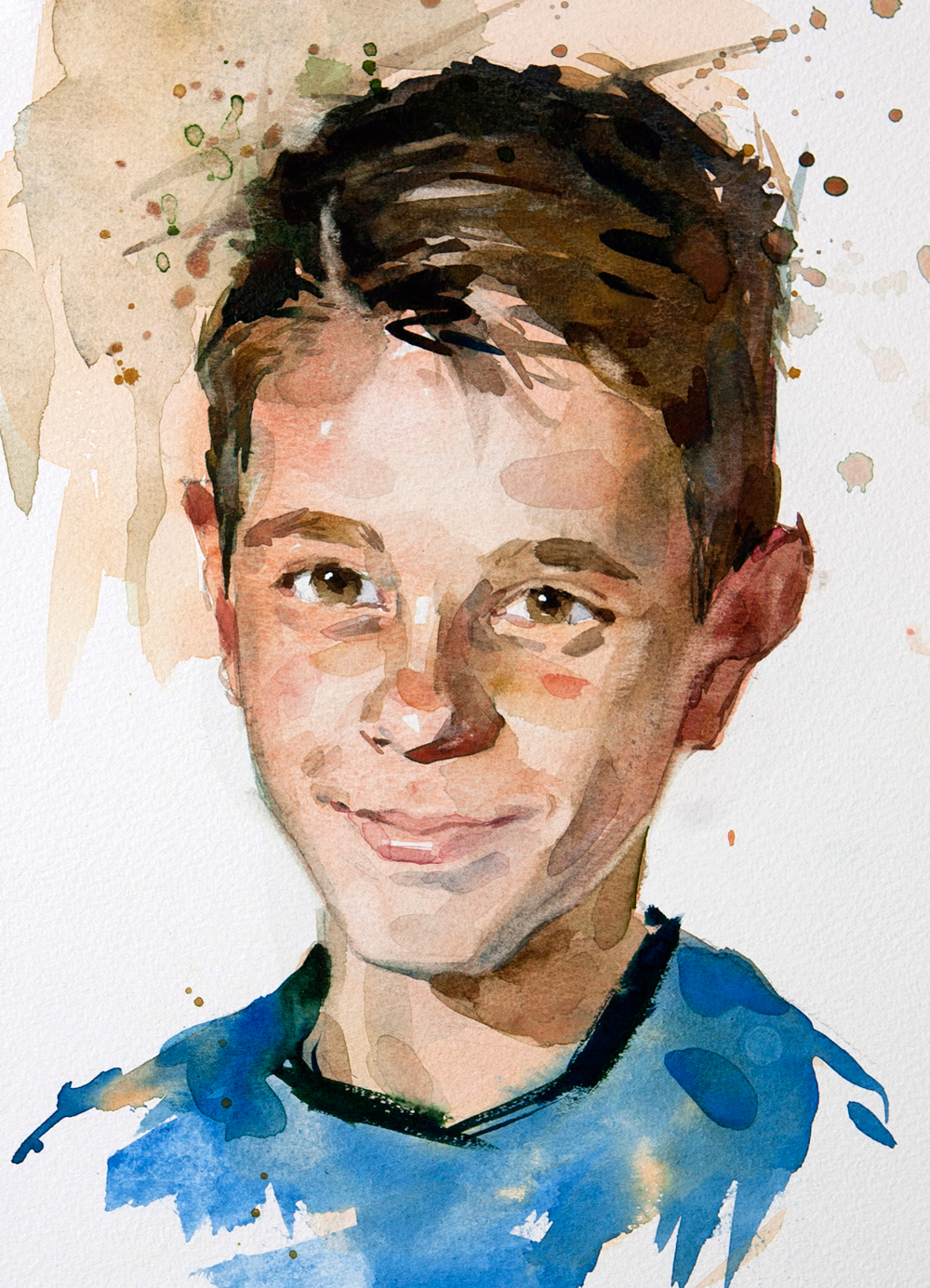
Two weeks ago I wrote you about a commission in watercolour. I finished the job but I could not shake myself free of watercolours as they captivated me. I attacked (after Van Gogh) a number of portraits in this beautiful technique. The working method in watercolour is opposed to that of oil. In oil you immediately start with the darkest parts, then the half tones and finally the lights. On the contrary, in watercolour you start with the light areas, (saving the high lights). Then the halftones and finally the darkest parts.
Already people have asked me for a tutorial and I have put it on the agenda for next year. Next post will be on the preparations for a watercolour portrait.

The colours on my palette:
- Cadmium Lemon Yellow
- Cadmium Red Light
- Yellow Ochre
- Raw Sienna
- Alizarine Crimson
- Phtalo Blue
- Cerulean Blue
- Sap Green
- Hookers Green
I prefer to work on Arches France, Bockingford or Fabriano paper.
Pick up your brushes
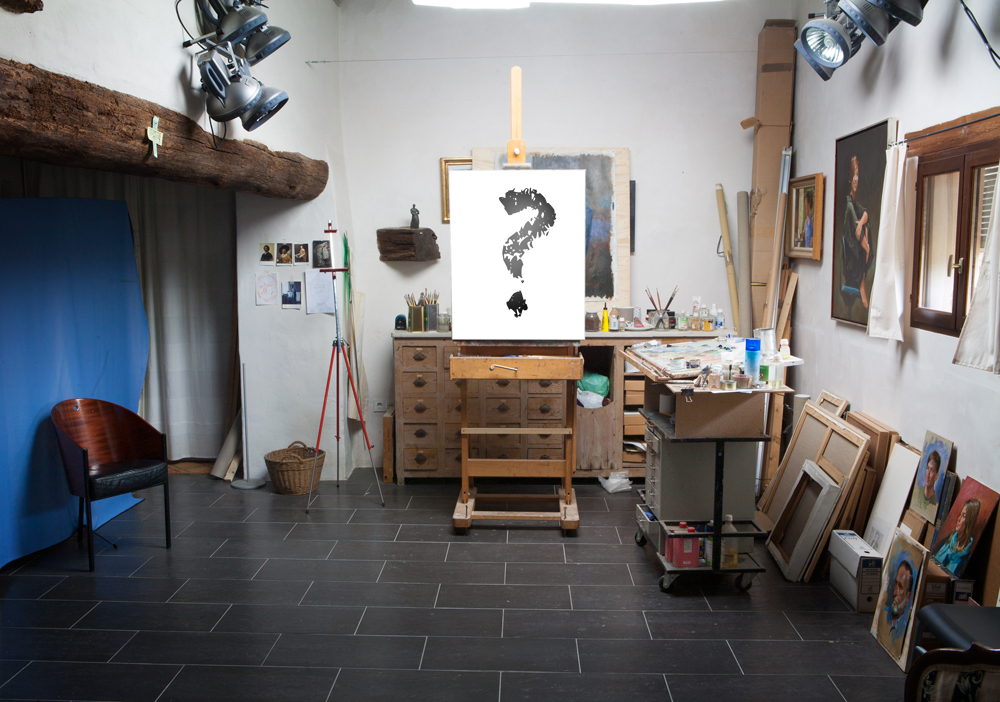
Recently, when I was in London, I bought the small book “How to be an artist” by Michael Atavar. A book that develops your creativity and helps you, stage by stage, grow your own creative potential. It’s witty, written with optimistic statements such as: Failure is the best thing that can happen to you. I know that you learn more from your losses than from your victories. I always tell that to my students.
One of the first phrases is a very important one: The only way to start is to start. I hear people say, “Actually, I would also like to paint.” Avatar: If you only stay in the abstract it never happens. It’s that simple. Pick up your brushes and go to work! The fear of beginning is bigger than the actuality of doing.



